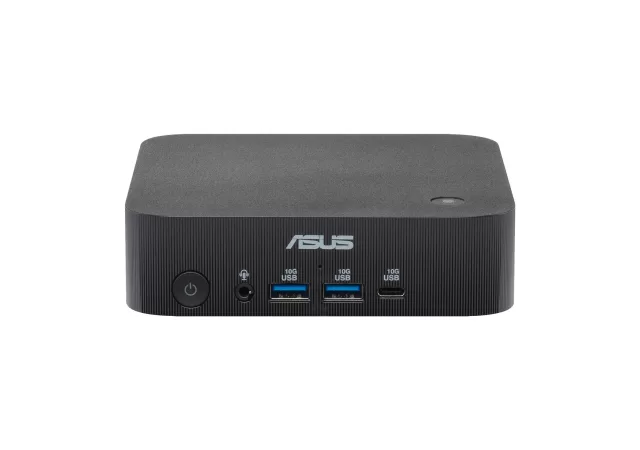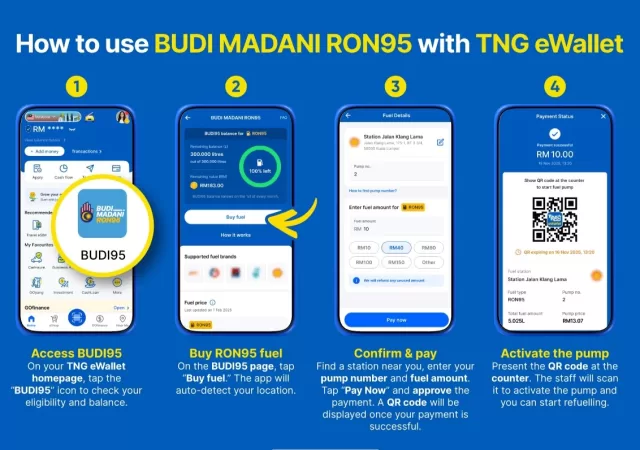The invention of USB Type-C is a significant one. It brought the USB invention to the modern world. It ushered in a new era of standard connectivity. It is also a rather important aspect in the world of high wattage fast charging devices. It also allowed a single USB port to turn into so much more than just one port. It is a charging port, data port, DisplayPort, and even an HDMI port. Intel calls their own proprietary technology for a multipurpose USB Type-C the Thunderbolt technology.
Thunderbolt technically did not start out as a USB technology though. Thunderbolt needed its own proprietary port to work on its own. That never really caught on. The USB Type-C 3.1 standards brought in an entirely new possibility with Thunderbolt. In its current standard, with the latest available Intel processor, Thunderbolt is in its fourth generation; hence, Thunderbolt 4.
Thunderbolt 4 brings about DisplayPort 1.4 capabilities alongside HDMI 2.0, up to 40Gbps data transfer speeds, and even 10 Gigabit networking. You can even charge laptops that require less than 100W charge speeds. All that, and you still have USB 3.0 capabilities with a USB dongle.
Thunderbolt 4 is impressive, but to keep up with the times, it needs an update. It needs to keep up with HDMI 2.1 and DisplayPort 2.0 standards. Intel does one better with USB4 v2. We are guessing that the next generation Thunderbolt would be named Thunderbolt 5 and still go along with USB Type-C port, but Intel might have a different idea when the first laptops arrive with USB4 v2 standards.
Instead of keeping up to DisplayPort 2.0, the new USB4 v2 standard is capable of DisplayPort 2.1 port standards. That also means that it can transfer up to 80 Gigabits every second in either direction. One way, up to 120 Gigabits of data can be transferred every second for the best type of display experience you can find on any device.
Like Thunderbolt 4, the new Thunderbolt standard can also support PCIe data throughput. That means you can plug in your GPU externally and make use of more powerful GPUs to run with your thin-and-light laptop. In this case, USB4 v2 is now capable of the lates PCIe 5.0 standards for twice the throughput from the previous Thunderbolt 4.
Intel says that the USB4 v2 standards will also be compatible with previous versions of Thunderbolt, USB, and DisplayPort. While it might simply mean that it will still be able to work with devices in the previous generation, it could also mean that Intel is sticking with USB Type-C as its main connection method. Even if they decided not to stick with USB Type-C, they might be able to get manufacturers and accessory makers play ball with their new designs.






